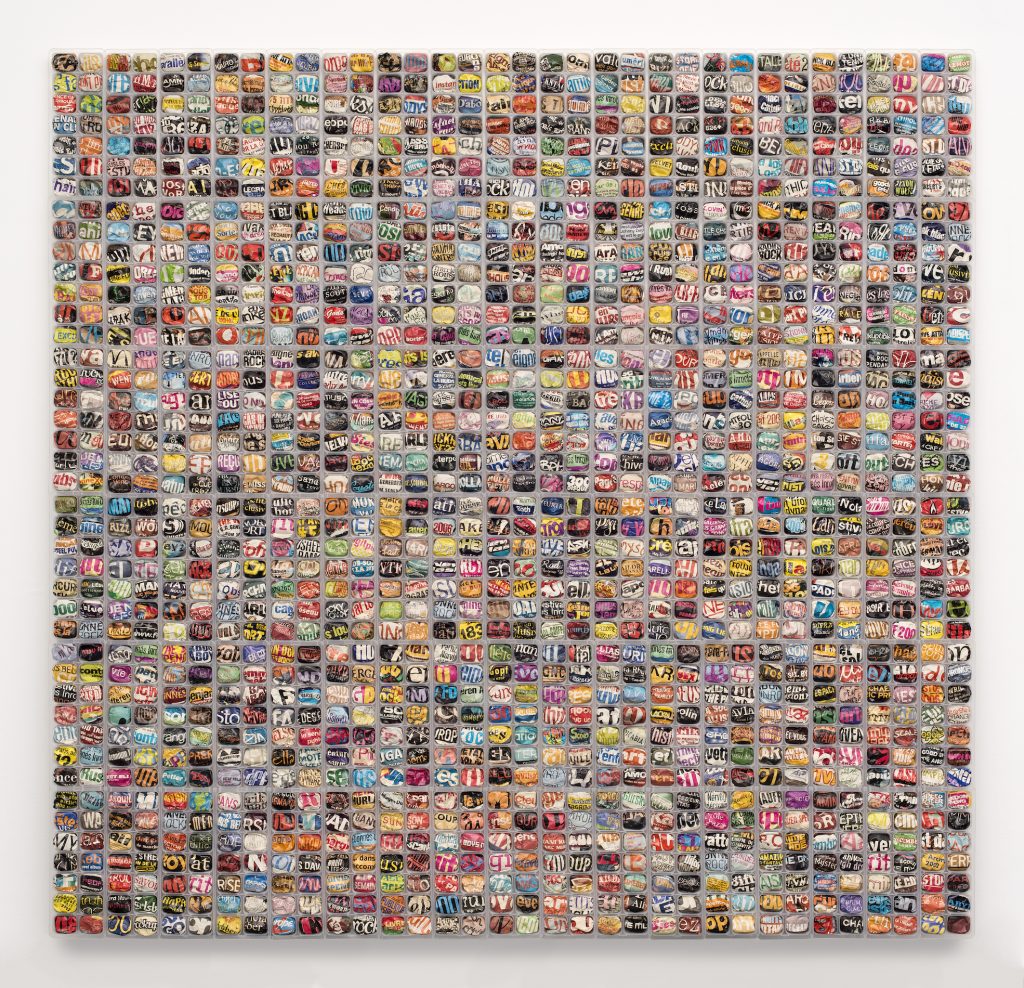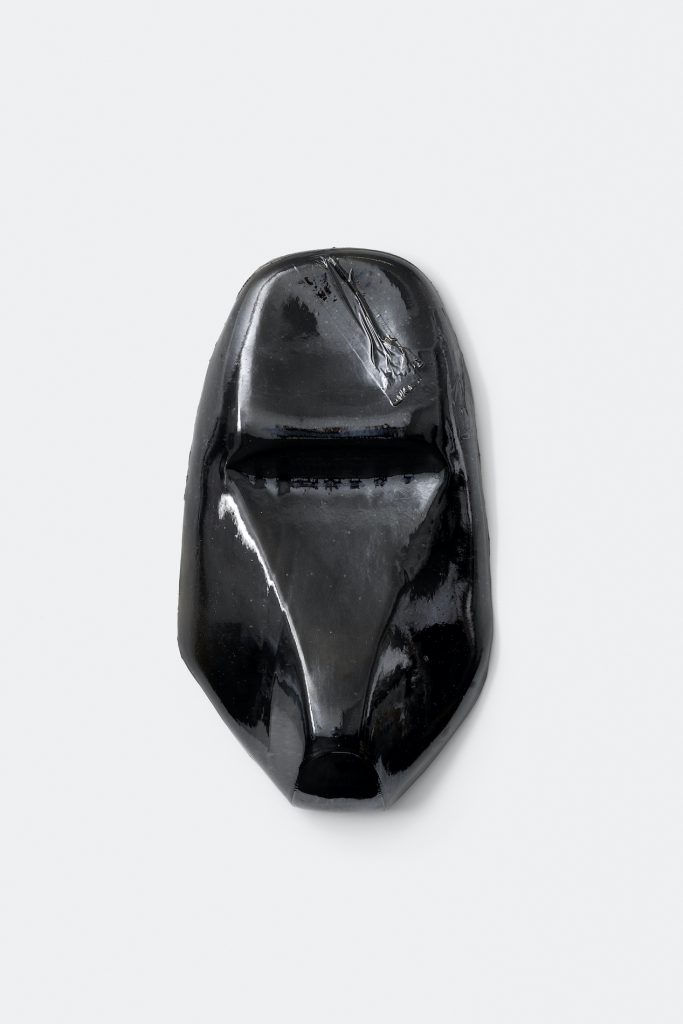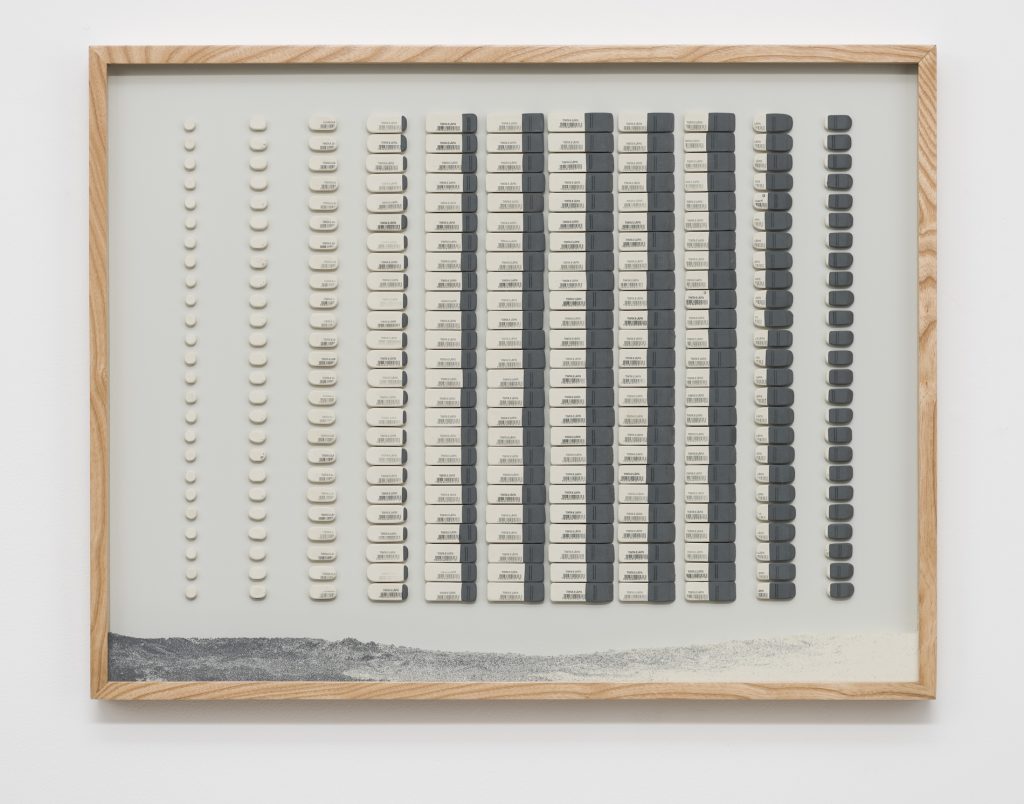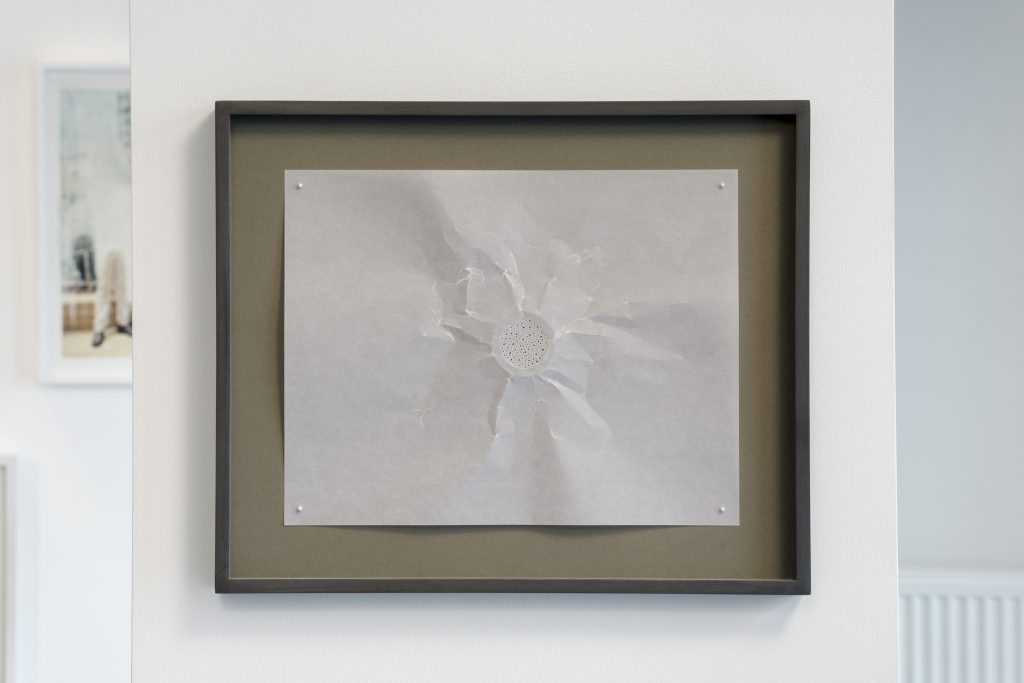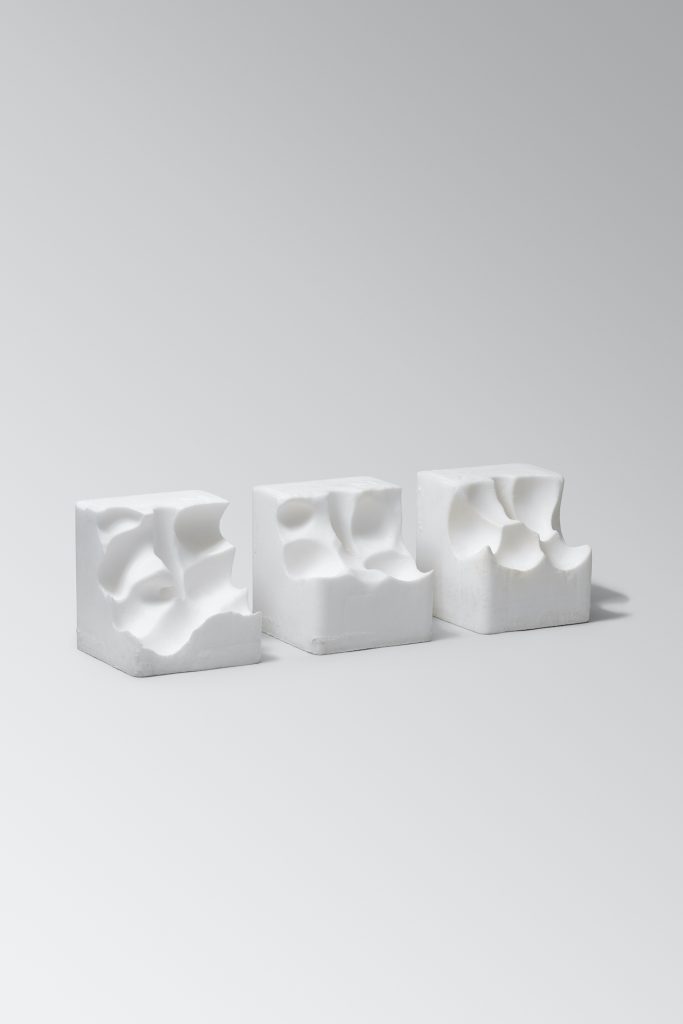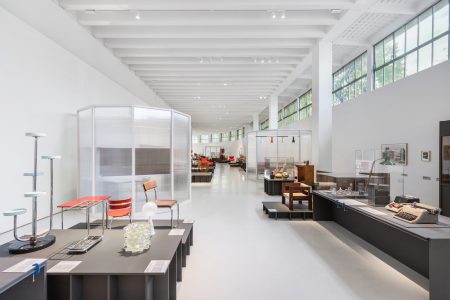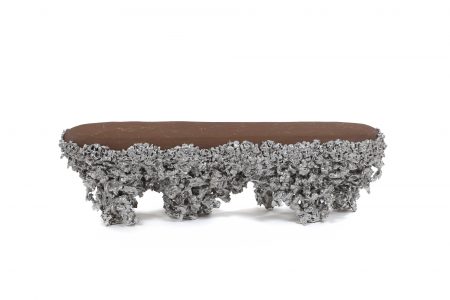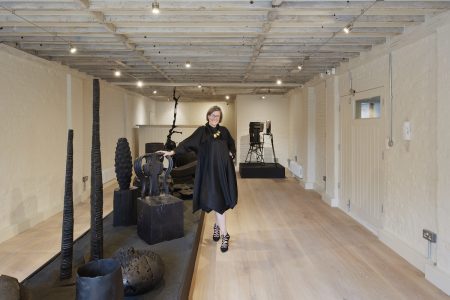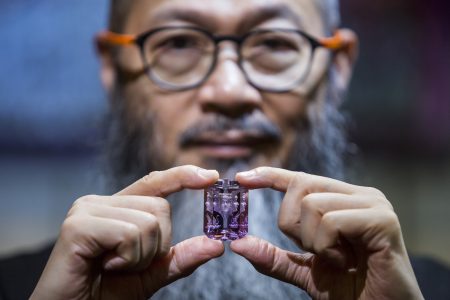Frédéric de Goldschmidt: The collector who never stops
TLmag spoke to contemporary art collector, Frédéric de Goldschmidt, in his duplex in Brussels to speak on his practice and vision.
Contemporary art collector, Frédéric de Goldschmidt, received TLmag in his Brussels duplex, a cosy atmosphere filled with objects, sculptures and sober, unpretentious installations. An engaging man with an intriguing approach and collection.
TLmag: When did you decide to collect contemporary art?
Frédéric de Goldschmidt (F.G.): In 2008, I took a sabbatical year devoted exclusively to visiting exhibitions and creating an art collection. To realise this project, I sold an impressionist painting that my grandmother had left me. I was first intrigued by the paintings of Zero, a group active in the 1960s, but I quickly realised that it was more creative to support the young generation. In the end, I didn’t stop after that one year; I have continued actively collecting ever since.
TLmag: What was your first real purchase?
F.G.: It was a work from a young French artist, Benjamin Sabatier, acquired at the 2007 FIAC art fair in Paris, comprised of crumpled magazine pages in ice trays: “Inrockuptibles n° 01 – Série Bacs”. At the time, I hadn’t yet recognised that I would later develop a real passion for utilitarian materials. It was a rather unconscious theme, that would guide me in the future.
TLmag: At what moment did you understand that you had become a collector?
F.G.: In 2010, when I realised I was acquiring a piece so big that it wouldn’t fit inside my home! It was a canvas by German artist, Daniel Legron, that I hung in the empty commercial ground floor of a building I owned. At that exact moment, I knew I had gone over the wall.
TLmag: Do you have any highly valuable pieces?
F.G.: In the literal sense, no. I also don’t wear jewellery or watches. I owned a magnificent golden cupola by Anish Kapoor, but I ended up getting rid of it because it no longer fit who I am.
TLmag: Which works are most valuable to you?
F.G.: The ones I put in my bedroom, so I can admire them when I wake up and when I go to bed. They all have in common the use of utilitarian, everyday materials and combine conceptual and aesthetic aspects. And each speaks in one way or another about time, the most valuable possession of all….
TLmag: You are very active in the art world; you travel a lot, you rarely miss an event. How have you – someone who could be well characterised with FOMO (Fear of Missing Out) – experienced the confinement?
F.G.: I found this wonderful moment of calm. I went from FOMO to JOMO (Joy of Missing Out). I took the opportunity to inventory all my works and to prepare, with my co-curator Gregory Lang, an exhibition that will take place in April 2021, called “Inaspettatamente (Unexpectedly)”. We imagined Alighiero Boetti – an artist affiliated to Arte Povera – as the curator. If he were still alive, what would he choose from my collection; which works would resonate with him? In the selection, works by Marcel Broodthaers, Kader Attia, Berlinde De Bruyckere, Louise Bourgeois, Shilpa Gupta, Joëlle Tuerlinckx, and many others, will be presented.
TLmag: I know you are close to young artists. How do you support them?
F.G.: By buying their works, of course, and by inviting them to exhibit, through FdG Projects, a place dedicated to temporary exhibits during the Brussels Art Fair or the Brussels Gallery Weekend. This year, for example, it has hosted Italian artist, Ruben Montini. Also, as artists need visibility in order to emerge, I do not hesitate to post my discoveries and my favourites on Instagram.
TLmag: You have mentioned your grandmother. What impact did she have?
F.G.: I think that my interest in art and young artists is an emotional legacy from my grandmother, Marie-Anne de Friedländer Fuld, who was also an amateur painter, but above all was a collector who greatly supported the artists of her time. When she fled the war in Europe, she took with her what she cared about most: a dozen canvases rolled around a stick. On the day Paris was liberated, a city to which she was deeply attached and loved, she offered to the French government her most precious possession: L’Arlésienne by Van Gogh, which is now at the Musée d’Orsay. It was her most important painting, but the event meant something priceless to her, as to others: the newfound freedom.
Cover image: portrait of Frédéric de Goldschmidt, photography by Hugard & Vanoverschelde, courtesy of the art collector.
